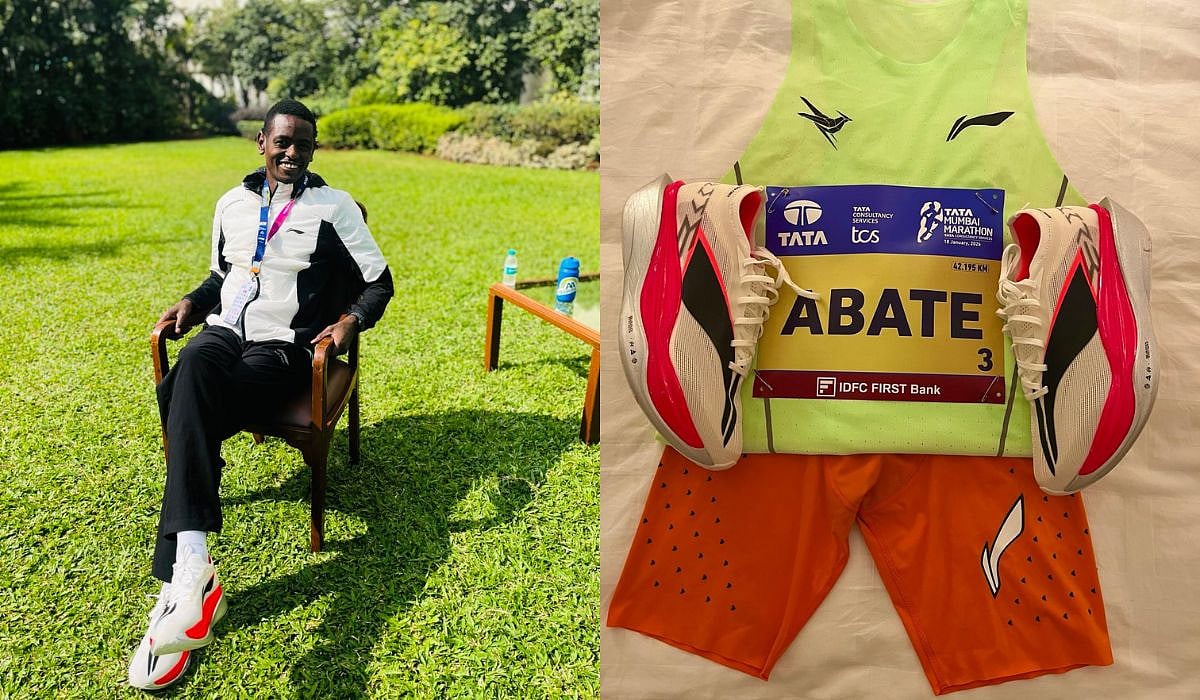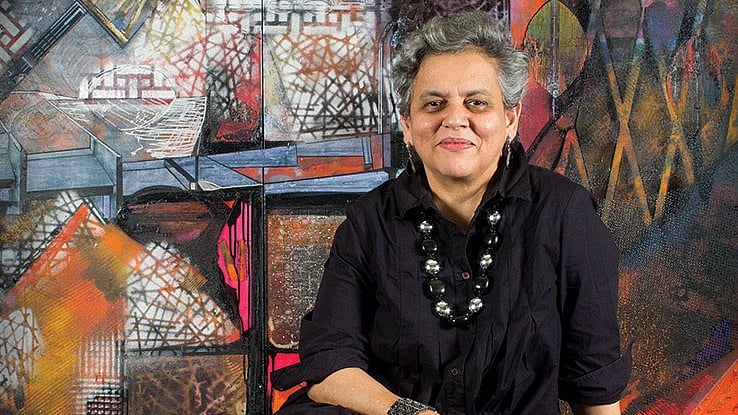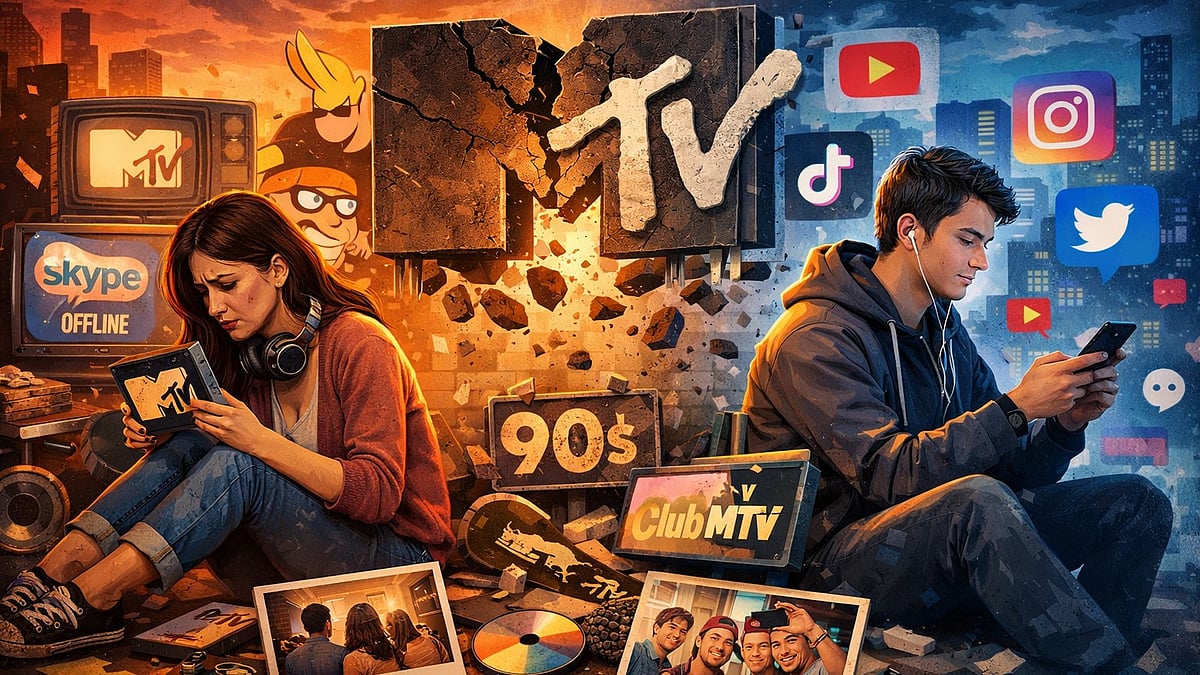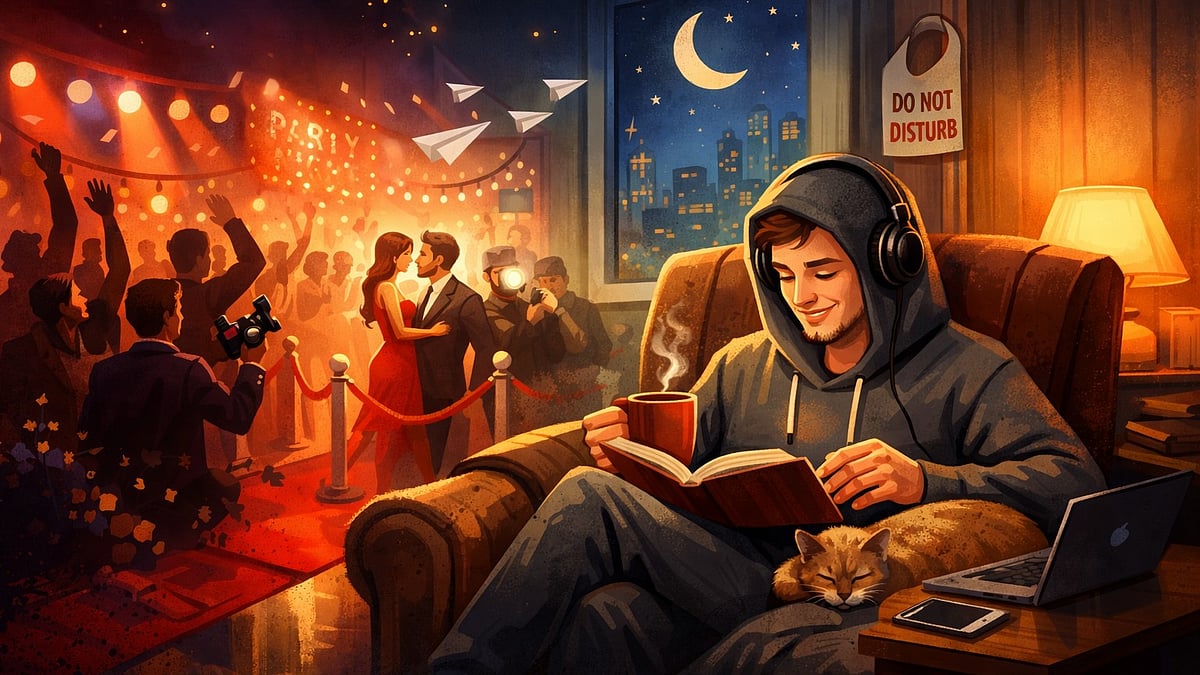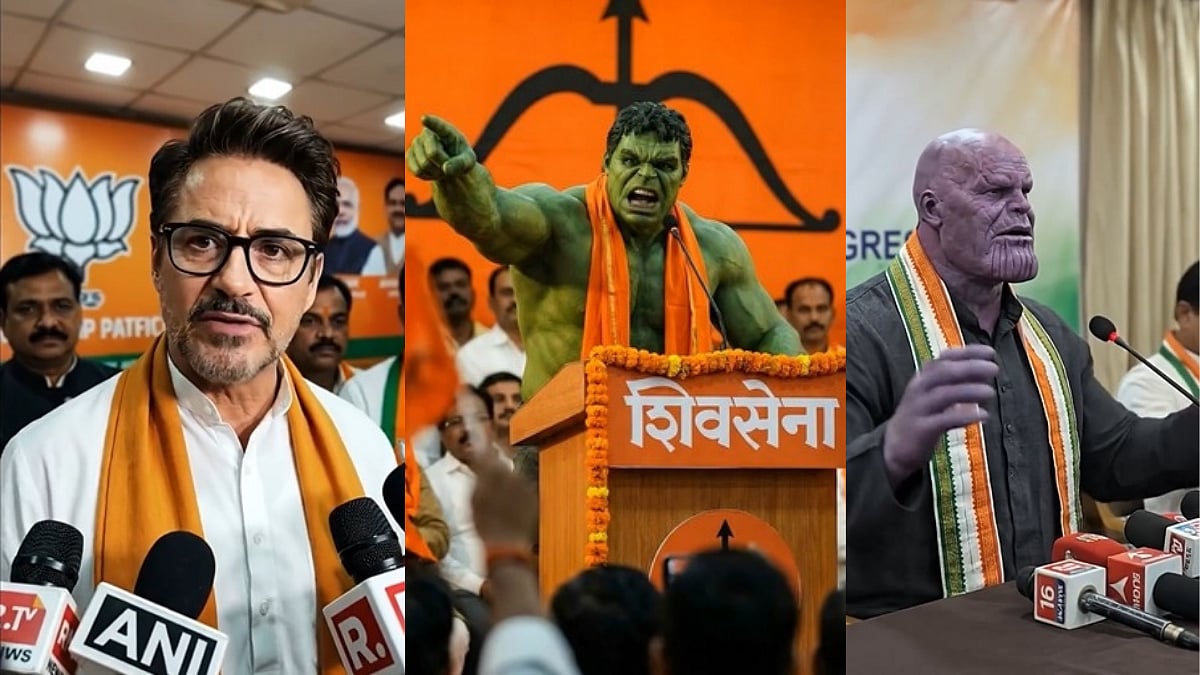E-learning apps, play schools, edtech platforms and physical campuses galvanized the mantra of dispensing extra something to a boring classroom lecture to add a robust gust of wind beneath a child’s wings so that it can take the flight of fantasy to create a new world. Ever since, graphic designs, PowerPoint slides, images, drawings, diagrams, flowcharts, objects in hand to touch and feel found greater impetus and a deeper meaning to grow an infant’s mind and body for an all-round development of his/her personality.
Learning outdoors
Nobel Laureate Gurudev Rabindranath Tagore’s philosophy of open-air learning in the lap of nature outside concrete classrooms under a tree canopy with winds blowing in and the sun’s rays gleaming from all directions to widen the sensory windows of pupils’ brains, eyes and ears has found support in numerous teachers and multiple educational precincts over decades. The eminent poet would advocate grasping lessons with a free mind. ‘One must learn the concepts by heart from its basics and tighten his/her grip over what has been hitherto imparted’, proclaim the bard’s followers.
Internet education
Spanning years, online learning gained momentum and the pandemic era again intensified this trend. Homeschooling or learning in the hybrid mode offers that added advantage where hollow classroom lectures fall short. It can create a friendlier, comfortable atmosphere and a one-on-one platform for students to feel at ease, and clarify their doubts and concepts from the online tutor than otherwise in cramped school classrooms. “I agree that the hybrid mode of learning or in-home tuition ensures an effective mentoring-and-learning process, fostering personalized attention as a bonus,” admits Nirvaan Birla, founder of Birla Brainiacs. “Our learning app's collaborative features, such as live sessions and group-based education, exactly align with this idea, enhancing the overall learning experience,” he adds ahead.
Responding to the query whether the hybrid mode of teaching or virtual education is more conducive to students for their better understanding and gaining individual attention from the onscreen instructor, Anamika Dasgupta, director of The Wonder School, a preschool-cum-high school in Pune, notes: “The hybrid mode of learning definitely lends students a rewarding experience over traditional physical classrooms, allowing them to access a wealth of resources from across the globe tailored to their individual learning needs.” With an afterthought, she argues: “That said, the effectiveness of the hybrid model hinges on adaptability, tech infrastructure and pedagogical innovation by tutors often from non-traditional teaching backgrounds. No matter how much information a student can avail of, he/she needs a facilitator to contextualize and crystallize the deluge of material that one lays hands on and not get lost in the labyrinth of data. The journey from info to insights is one that a pupil can traverse only with a help of a good tutor.”
A picture is worth a thousand words
If a picture is worth a thousand words, then considering this logic, do photos, colours, diagrams, drawings and labelling appeal more to the students than explanations in black and white? “Indeed! All these factors hold huge significance for learners compared to explanations in writing or in print. Imageries or visual aspects stimulate cognitive processes, aiding in better understanding and recollection. We recognize this vital requirement for our students right form nursery to 12th grade and leverage gamified, animated tales to make learning fun and more engrossing,” elaborates Birla, also the director of his edtech institute.
The app has been immensely helpful in the context of designing lessons with pictorial and graphical content as well as providing lucid demonstrations through animated videos called FlipTales. Focusing on gamified, fun-based learning with live sessions, it strikes a fine balance between guided learning and self-study, leading to a dynamic learning environment.
Echoing others, Dasgupta too values the significance of audio-visual representation of a chapter for amplifying the crux of the matter to pupils in greater detail and more suitably. “Deliberating on the gist of a given story through an audio-visual medium is like switching on an educational powerhouse and crafting a multisensory experience inside a home theatre. The rollicking fables and fairy tales are a case in point for the minor learners who find it massively exciting to dabble in visual and auditory elements every day,” she perceives.
Power of imagination
Begging to differ from the general perception, Dasgupta claims that “on one hand, illustrations make the process of reading enticing, while on the other, a lack of illustrations fans the fire in a reader's imagination. Much like embarking on an unknown adventure, children's literary journeys should be exploratory and uniquely subjective. Just as a traveler discovers his uncharted paths as he continues traipsing an untapped terrain, kids too should have the freedom to find books that resonate with their magical dreams and fancies. It is about nurturing a liking for diverse narratives and allowing each child to choose his own literary escapade.”
Community bonding
One wonders if the physical activity in kindergartens or in preparatory standards teaches kids to be more organized and responsible about themselves, their peers and the immediate surroundings. “Physical activity is crucial in crèches and playgroups. It does pass on the importance of organization and a sense of accountability. In our preschool, activities like yoga, simple exercises and cleaning up after playtime instill these values,” informs Vijay Kumar Agarwal, CEO and co-founder of Makoons Group of Preschools. He further chips in that a group activity like playing indoor and outdoor games, climbing a Pikler Triangle, building blocks, getting hands dirty with mud, making different shapes out of clay, playing with dolls, enjoying in the pool, etc. leads to an intent of unity, brotherhood, close bonding and community living in the near future. “A flurry of joint activity fosters a sense of togetherness and community living. We integrate collaborative activities like group games and creative projects into our daily school routine to boost teamwork and social skills,” he agrees.
Actions speak louder
When quizzed how impactful demonstrative learning is for a school/college student to explain the material in books, on that, Dasgupta muses: “Demonstrative learning could be a game changer. For school and college goers, it is like turning on the lights in a dark room. Books lay the foundation but learning through gestures, signs and signals, plus demonstrations brings concepts to life. We have already witnessed this paradigm shift in our school ranging from science experiments to real-world applications in history.” She reports that when students view and participate, the material transcends from pages to practical understanding. It is then elevated to internalising the text rather than mere memorizing. “When education becomes a life-altering journey or an eye-opening experience, we end up creating lifelong learners asking for more to satiate their hunger,” she says.
Designer info
Exemplifying the power of graphic designs incorporated into subjects or the study materials of a school pupil, Utkarsh Shukla, founder of digital marketing agency CleanChit, instances that “in a science textbook, using infographics to illustrate complicated processes like photosynthesis can make the presentation more palatable for students. In history lessons, timelines with visually-arresting graphics can help students better understand the sequence of events. Additionally, in language arts, employing well-designed typography and layouts can accentuate the pictorial quality of reading materials. These are just a few samples to establish how graphic designs in education could improve the learning experience for school pupils.”
Academic advantage
Notably, board examinees have to submit tons of project work. Can virtual illustrations and graphic designs enable students to prepare a remarkable project file to secure high marks? “These elements can significantly elevate the quality of a student's project assignment as their precise application may effectively decrypt intricate ideas, data and concepts more lucidly. Well-designed presentations can help clarify information and leave a permanent etching on the examiner’s mind. Additionally, soft illustrations may lend that seminal trait to project work, setting it apart from the rest as an original compilation. Such initiatives and hard work can help students showcase their talent, thus augmenting the chances of acquiring higher grades,” indicates Shukla.
Professional edge
Boardroom presentations are integral to office work. Creating attractive dashboards, PowerPoint slides and Excel spreadsheets is common in huddle room meets and demos. Can graphic designs be gainful for an employee in terms of his presentation to up his performance game before his bosses? “Absolutely! High-quality graphic designs can bring an employee's conduct into the good books of his senior colleagues by effortlessly captivating the attention of clients and decision-makers, and cracking key deals. This not only reflects his commendable professionalism and a keen eye for detail but also increases the likelihood of achieving buy-ins from the top brass. Thus, he is able to enrich his presentation of ideas and concepts, standing in the forefront of competition,” he validates.
Animation under the lens
Kids are believed to have short attention spans, yet they are far more involved than we know, while watching fascinating animated content, feel the field exponents. However, creating children’s animated material is no child’s play. Since children identify with the characters in the story and try to relate and remember the stuff mentioned, it requires several levels of filters before settling for the final copy, stresses industry pundits.
“Such content needs to have a safety net after passing through several checkpoints. It must include lucid language, have big subtitles, should be inclusive, avoid any negative triggers and should not be offensive or controversial. Yes, there have been several instances when even kids’ programmes were accused of showing inappropriate content. For instance, the popular puppet-based TV show Sesame Street, aimed at preschoolers, decided to remove a segment featuring Katy Perry’s music video since there was backlash on the pop diva’s choice of clothing during the episode,” recalls Dipta Joshi, principal, Lexicon Institute of Media & Animation.





